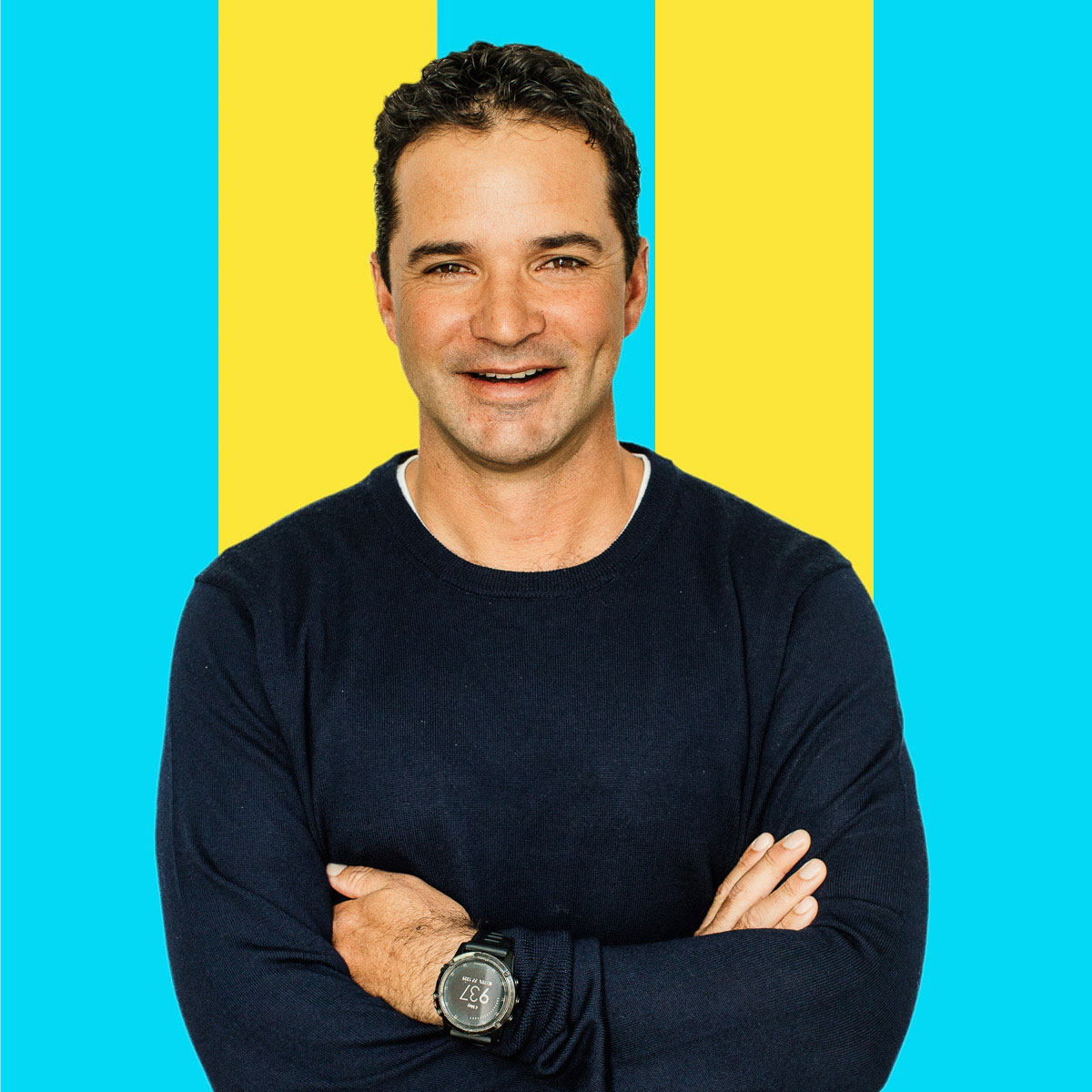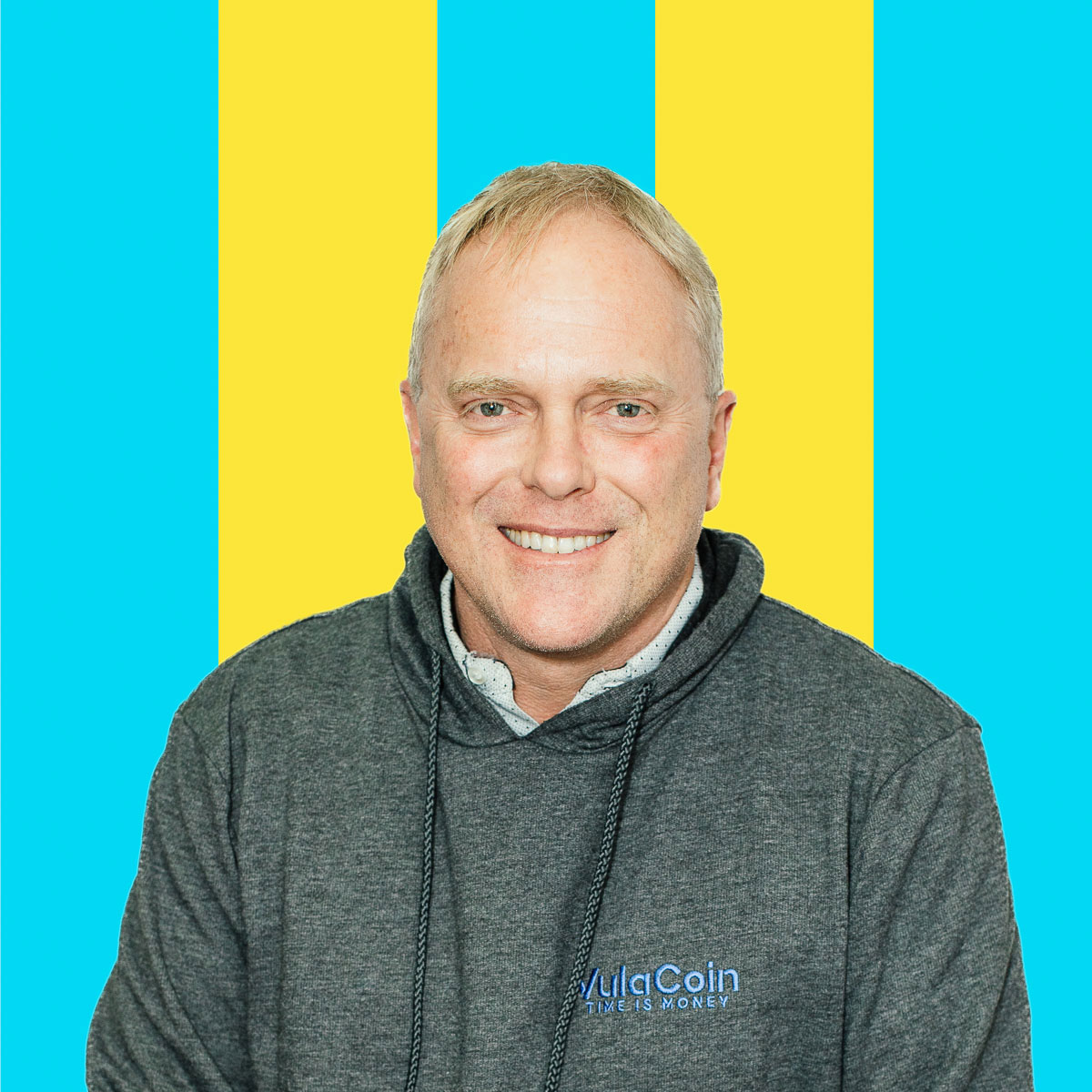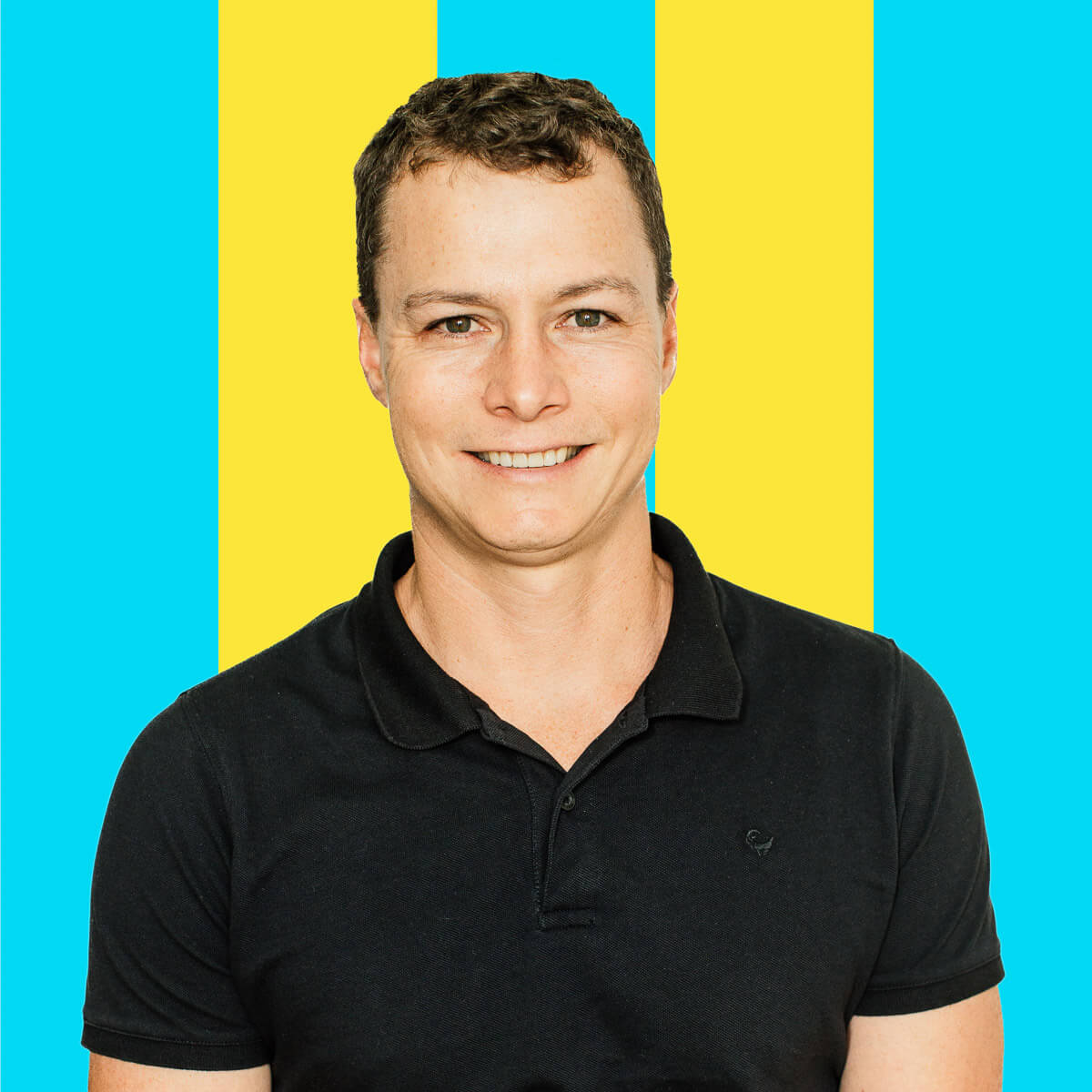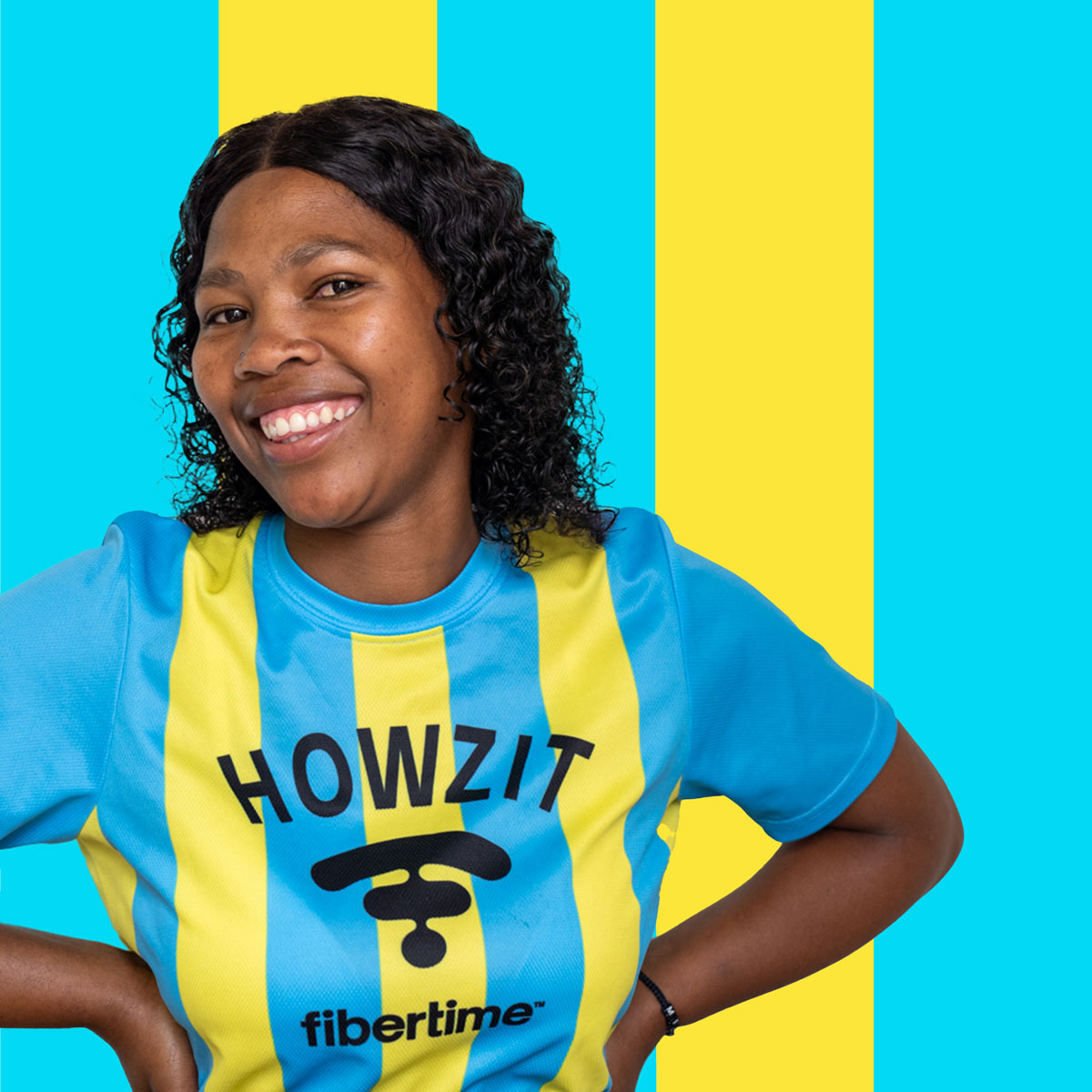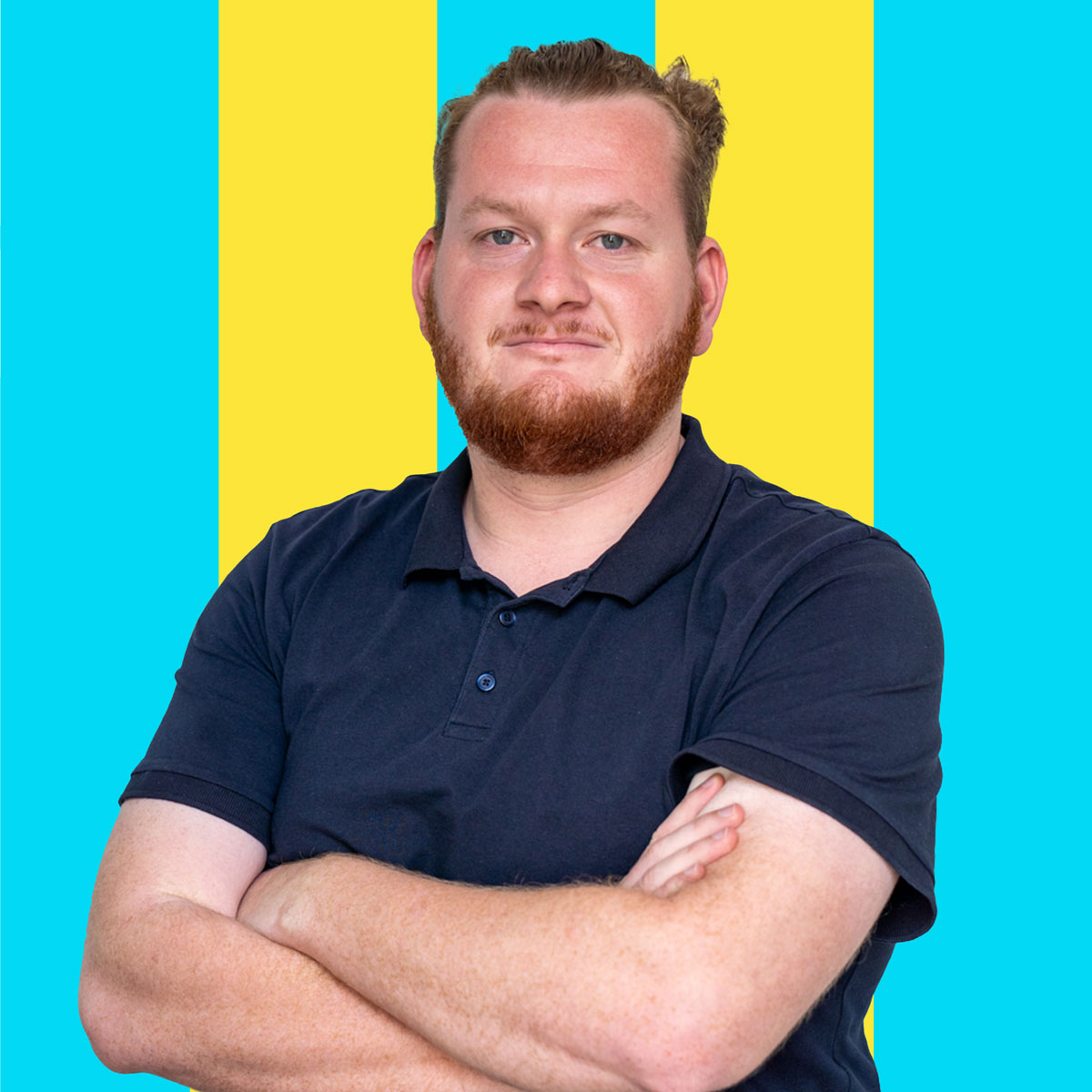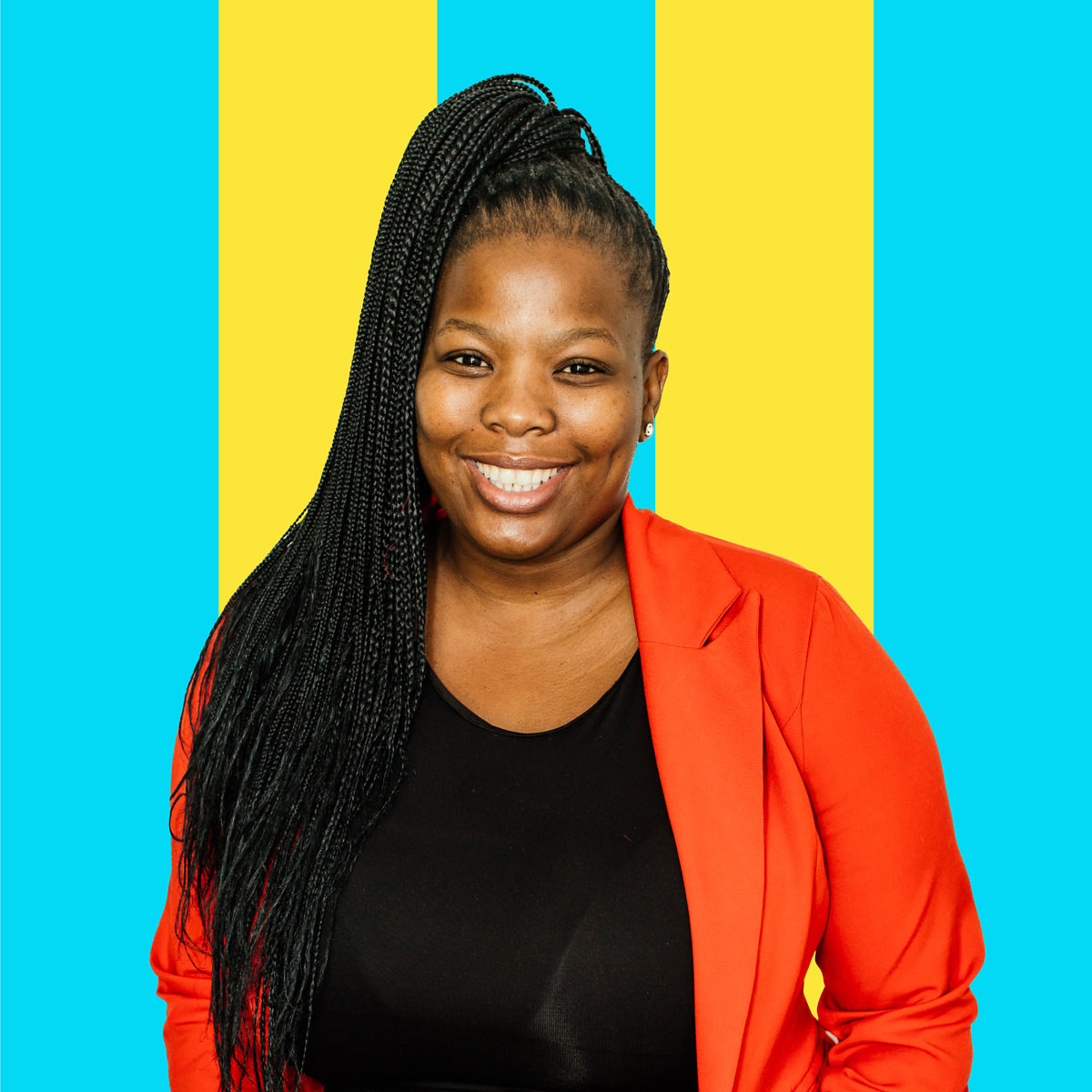100 mbps
Lightning fast fiber
fibertime™
Connecting everyone to the internet
With super-fast fiber internet made readily available for everyone.

Our story
When did we start?
We launched our Proof-of-Concept fiber network in Kayamandi township in November 2022, initially connecting 880 homes. We called it the Kayamandi Fiber Project. It was a radically new way of deploying fiber-to-the-home. Free installation and router, no debit order, and vouchers available in increments of R5 for 24hrs of 100mbps uncapped internet.
As we built, we had to adjust our planning and strategy to solve problems that can only be discovered through doing. Those learnings led us to Kayamandi Connected, where almost all homes and shacks are connected to superfast, uncapped, affordable paygo fiber.
How did we come up with the name fibertime?
We spent months trying to figure out what to call our product. “Airtime” is obvious but in the minds of consumers, it’s related to wireless internet – slow, unreliable, capped. It’s also measured in gigabytes, not hours.
We wanted our product to be associated with fiber – fast, reliable, uncapped – and measured in time, not gigabytes. We landed on fibertime.
We consolidated under the fibertime brand, streamlining both internal communications and our external image by moving away from our group holding company, Isizwe, and network operator, Paygozo.
Why do we tell everyone what we’re doing? Aren’t we afraid someone will copy us?
Our mission is to connect every single South African to fast affordable fiber. We can’t do that by ourselves. There’s plenty of space for everyone.
Even though our township fiber is cheap, it is profitable. How?
Our model thrives on population density. While a suburban property typically houses 5 people, the same space in a township accommodates 100—a twentyfold increase. Fiber’s unlimited capacity means we don’t need 20x more infrastructure for 20x more people.
We link vouchers to individual devices, meaning each person buys one or more vouchers. Higher density equals better capital returns. With an average of 5 devices per home, our theoretical daily cap is R25/home.
We channel this extra margin into lower prices for consumers, benefiting both us and the community through affordable, yet profitable, service.
Where can I find fibertime?
Right now, fibertime is only available in Kayamandi, but we are expanding to other provinces in 2024. Click here to put your name on our waiting list and we will let you know when Fibertime is available in your area.

Business Model
To have a sustainable business you need to have a profitable business model.
The simplest formula to calculate profit: take total sales and deduct operating costs to arrive at operating profit. Then, deduct capital cost to arrive at gross profit per home.







































